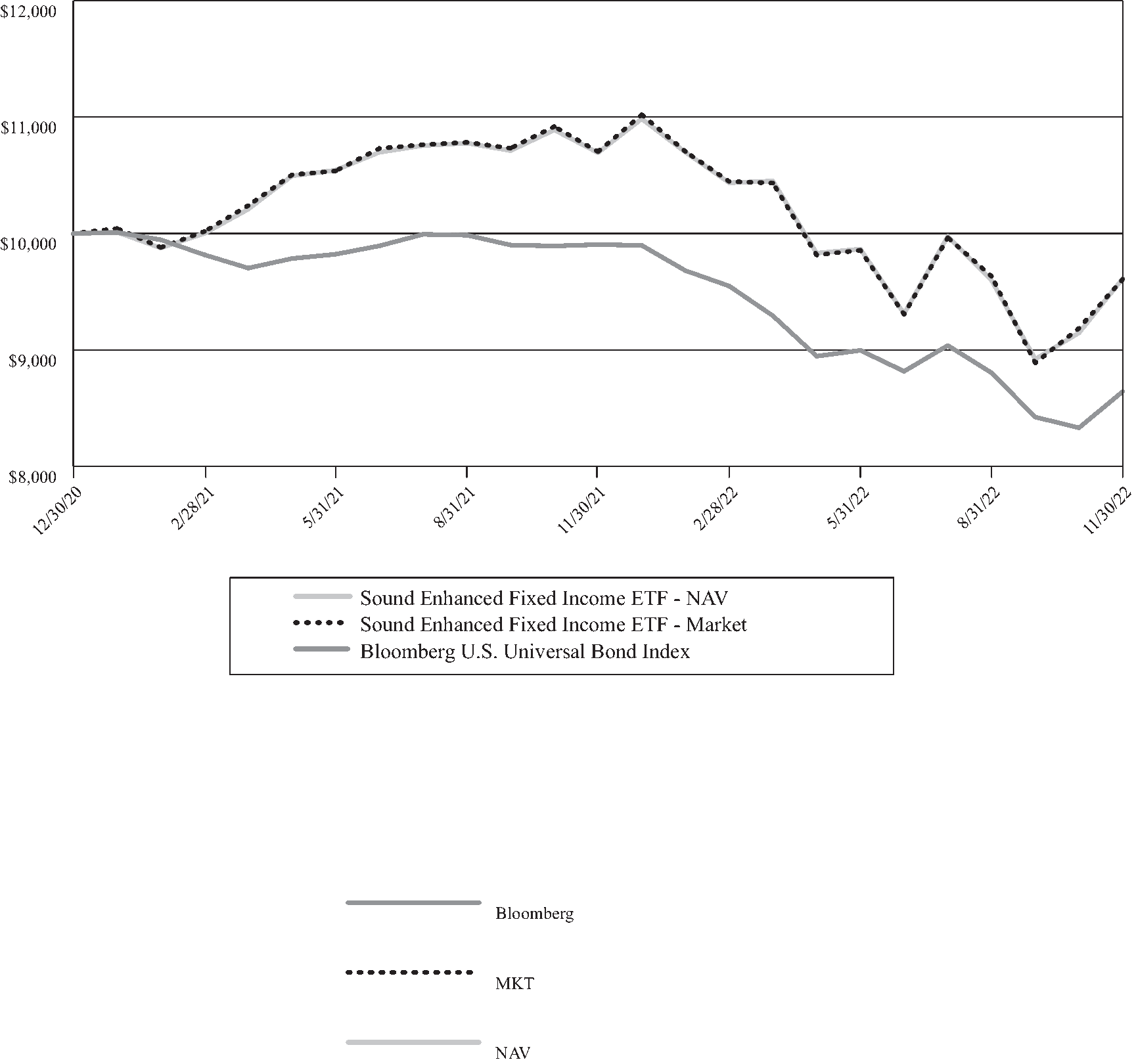4)In February 2022, Russia attacked and partially invaded its neighbor the Ukraine, which further exacerbated the global energy and inflation crises by cutting off significant parts of Europe’s natural gas supplies, and global mineral supplies and grain supplies. This war has not only added to global inflation, but reduced global travel and economic activities, while elevating the demand for munitions.
5)China’s position as a preferred, reliable, low-cost goods supplier to the U.S. and the Western world retreated in 2021 and 2022, and it is expected to continue to retreat as a result of Chinese Premier Xi Ping’s increasingly anti-Western, anti-business rhetoric and policies, and China’s production and supply issues, due to his draconian Zero Covid policies. Because China has become a less reliable business partner, which has exacerbated parts shortages, many Western companies have had to rebuild and resource their component supply chains, and re-domicile their production. These changes too will continue to raise the costs of goods and services in the West, which is pressuring company margins, and creating global tensions.
6)In response to the hyper-inflation that has resulted from all of the policies above, plus excessive government stimulus by the current and prior U.S. Administrations, the U.S. Federal Reserve began raising interest rates and pulling back on its quantitative easing polices in 2022. This war on inflation has led to the fastest short-term interest rate hikes in U.S. history. The effects of these policies have been a spike in home mortgage rates, which have temporarily collapsed the U.S. housing market, and reductions in most U.S. companies’ investment programs, which is reducing demand for materials and labor, and may result in global supply shortages lasting longer. Consequently, cyclical stocks and high growth stocks, which are valued large based on future income, have dropped materially.
These factors continue to weigh on the Fund’s portfolio , but there is light at the end of the tunnel because there is evidence that the rate of inflation is falling, and the U.S. Federal Reserve has lowered its tightening pace, even though more interest rate hikes are expected.
Using historical precedents of rate hikes, economic and business cycles as a guide, we expect the Federal Reserve to end its monetary tightening policies this year and the resulting economic contraction to be brief and shallow. If these macro forecasts play out as expected, U.S. economic growth will resume in the back half of 2023 and into 2024 and stock prices will likely rise six to nine months in advance of that progress, as they normally do. However, between now and when the all-clear, Fed is done, announcement is made, we expect more volatility, as company earnings estimates still need to come down and geo-political landscape remains uncertain at best.
Longer-term, we are concerned about the ballooning global budget deficits and the likelihood that income tax rates here and abroad will have to rise, while government expenditures retreat in order to prevent another global financial crisis. Since we cannot control or take advantage of this slowly developing risk, we are spending most of our time focused on trying to figure out if the Fund’s portfolio companies are doing the right things, and looking for better ideas, as best as we can.
As always, it is important to keep in mind that a portfolio of high yielding stocks has a significantly shorter mathematical duration than a portfolio of average or long duration growth stocks. In growth portfolios, where most of the value is based on an estimated discounted present value of cash flows projected to come in the future, changes in interest rates higher or lower, cause the value to change inversely, often in a dramatic fashion. Our lower duration portfolio is affected by changes in interest rates to a much lesser degree because more of its value is based on actual current cash flows being paid to investors today, in the form of dividends. Hence, in periods of rising interest rates, dividend paying value stocks like ours tend to outperform growth stocks and in periods of falling interest rates, long duration growth stocks tend to out-perform their value counterparts.
We have been fortunate in that we were able to outperform the broader index when rates fell and when they rose over the last two years, because we were able to find more stocks that were oversold than the effects of interest rates could account for alone.
In fiscal 2022, about two-thirds of the Fund’s positive NAV return was due to stock appreciation and one-third was due to the dividends, after fees. Clearly, not every stock was a winner, but there were a few large gainers, such as H&R Block, Valero Energy and Greif, Class B, that greatly boosted the Fund’s results, and a few real turkeys, like Hanesbrands, Newell Brands and Xerox that dragged on results. SDEI also benefited by a 1% goose, when First Horizon Bank got a takeover bid from Toronto Dominion at a 50% premium.
Thematically, the consumer stocks, like Hanesbrands and Newell were the biggest headwinds, as they were fundamentally affected by consumers pulling back on goods purchases and the stocks’ multiples contracted due to their relatively high balance sheet leverage, which will have to be refinanced down the road, now at higher rates. Xerox too got hit by debt refinance concerns, plus its CEO unexpectedly died, and the return to office demand catalyst that was expected has been slower in coming that we had hoped. In the case of HR Block, the stock was greatly over-sold coming into the period and the company exceeded expectations all year, which won it many followers and led to an 80% appreciation in the stock, at its peak. (Yes, we sold some.) Valero benefitted from a recovery in demand and margins, which led it to rise by ~50%, while Greif was able to not only exceed expectations, but it sold a long-time problematic business that lifted its fair value estimates by around 30%.


